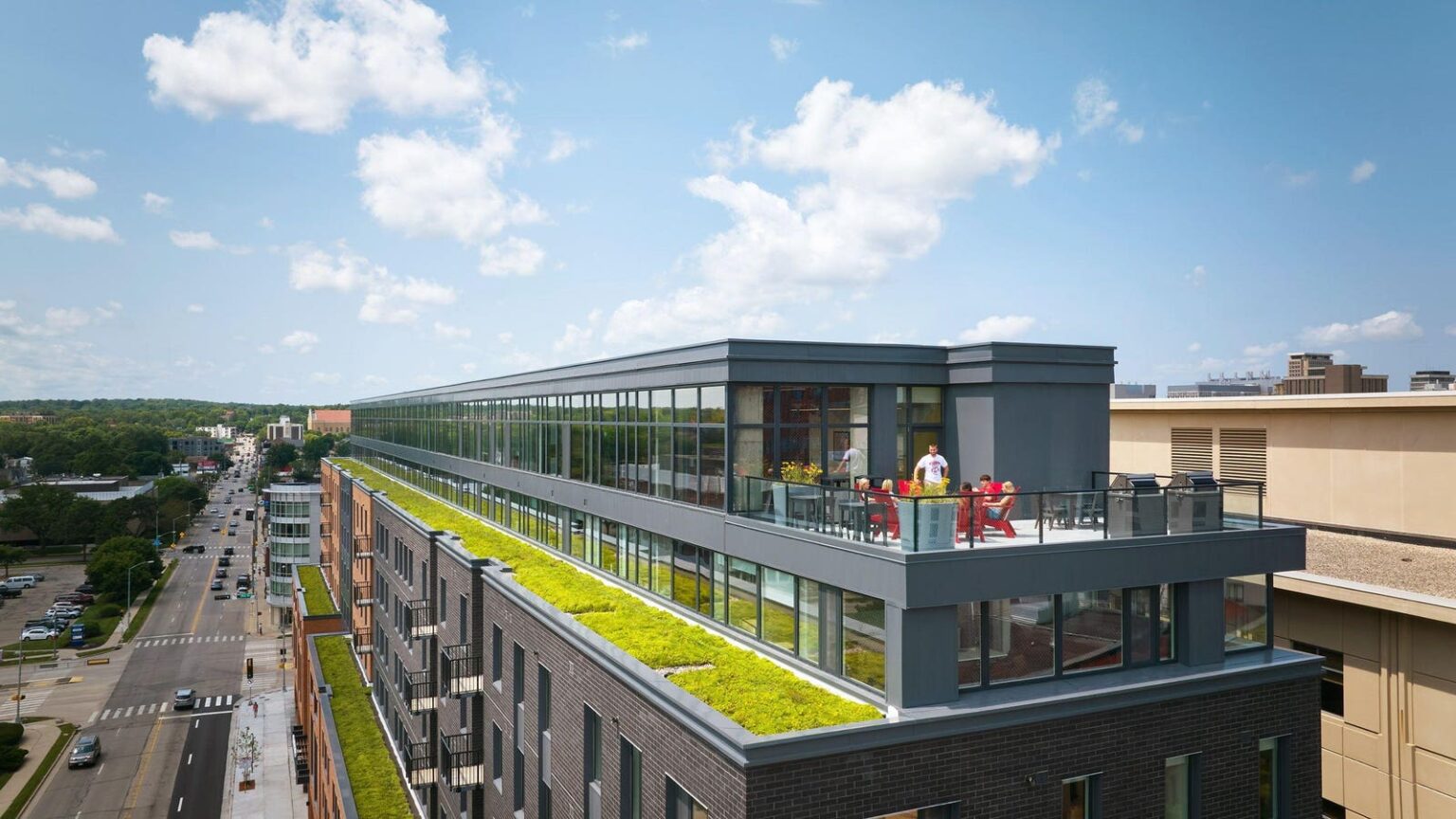Earlier this century, the Journal of Urban Health pointed out an intriguing contradiction. Humans spend more than 90% of their lives indoors. Yet the research up to that time had focused far more on the connection between ambient environmental conditions and mental health than on the links between the buildings we occupy and mental wellness.
Fast forward and researchers have begun righting that wrong. In recent years, one treatise after another has discussed the linkage between the built environment and how people cope mentally. Empirical evidence has made clear based on how they’re designed buildings can contribute to or detract from a feeling of well-being.
For instance, exposure to green spaces, presence of natural light, housing quality, aesthetic appeal and the facilitation of social interaction within spaces can all enhance mental health. By the same token, lack of amenities, air and noise pollution, unsafe settings and crowded conditions lacking privacy can all detract from mental wellness.
The National Institute of Mental Health reveals that within the U.S. almost one quarter (23.1%) of adults live with a mental illness. The design of new buildings is increasingly seen as a means of helping address that situation. Inclusion of spaces for people to socialize and other settings for rejuvenation is seen as part of the solution. Proximity to natural elements and amenities triggering “feel-good” hormones are others. Design solutions are being buttressed as well by health-enhancing targeted programming.
“Design has a profound impact on mental well-being, influencing how people feel, function, reflect and connect within a space,” says Mary Cook, president and founder of Chicago-based commercial interior design firm Mary Cook Associates.
“Thoughtful interiors can reduce stress, enhance mood and promote both productivity and relaxation. By integrating design fundamentals that support emotional and mental wellness – such as natural light, biophilic elements, balanced proportions and eye-pleasing patterns, textures and materials – we can help users feel more comfortable, inspired and at ease in their daily lives.”
First impressions
In designing the student housing community Chapter Madison, near the University of Wisconsin-Madison, St. Louis-based designer of student and multifamily residential settings CRG focused on the experiences of residents as they interact with spaces.
“With each project we’re becoming more empathetic developers,” says Alison Mills, CRG senior vice president of design and development. “Designing with residents in mind – creating a memorable first impression and a well-designed environment that’s responsive to their needs and enhances their quality of life – is the ultimate goal of every project.”
Contributing to well-being are a number of design attributes. Mills says. A strong first impression featuring visual connections to other people is one such attribute.
Another is the creation of a holistic experience that engages all senses. The design and quality of the fitness center, connection to nature via greenery and natural light, well-designed co-working spaces spurring connections with neighbors and the integration of lively spaces that become hubs of resident and visitor interactions are some of the interconnected elements positively impacting residents’ physical and mental well-being.
Water elements
One of the 14 patterns of biophilic design focuses on incorporating water elements in the built environment, through visual, auditory, tactile or sensory connections. Research has determined the presence of water boosts feelings of tranquility and positive emotional responses.
Striving to promote mental and physical wellness at its under-development, 834-unit Brooklyn multifamily development The Riverie, Lendlease intentionally leveraged its East River waterfront location, says Meg Spriggs, managing director of development Americas, Lendlease. The developer created a living shoreline intended to simultaneously alleviate flooding and offer a tranquil riverside retreat to future residents. As well, a landscaped interior courtyard, yoga studio, sauna, music room, outdoor pool and fitness center all deliver views of the iconic waterway, giving residents multiple options to bolster mental and physical well-being.
Read the full article here

